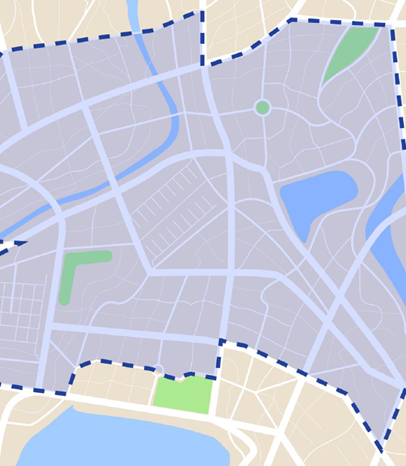Rachael Mills & Nicholas Doyle, Chirpy Heat
There is an active – and heated – debate going on in the sector around heat zones that will include the mandatory connection to heat networks, and whether they are an opportunity for the sector or an imposition of more requirements and costs on to a sector that is struggling already. We lift the bonnet on the proposals to see if we can add some light to the heat.
The Government’s consultation on heat network zones closed at the end of February 2024. Part of the Energy Act 2023, it’s a policy area that can seem some way off but don’t be fooled. Housing providers with blocks of flats in urban areas will almost certainly have to connect to a district heat network in the next 5-10 years. It means that the sector needs to start thinking now about how it will affect your assets and developments to make sure your customers get the best deal possible.
Heat network zones will be defined by geographical areas where it has been assessed that district heating provides the lowest cost option to decarbonising heat. Local authorities will (usually) act as the local Zoning Coordinator to define the zone and appoint the heat network developer. Once the heat main comes past your existing communally heated schemes and new developments, you will be legally required to connect.
At the very least, heat network zones will provide an alternative solution to individual heat pumps to help deliver low carbon heating. Some are also seeing heat zones as helping to create a market for third party specialists that could run many more heat networks for the sector. Others see the mandatory connection as bringing significant cost increases, more risk and poorer service to customers who should be getting the opposite.
This is all part of the drive towards the UK’s legally binding net zero 2050 targets. Decarbonising heat is difficult but essential: it’s something that the sector will have to address for all of your stock. In this context, heat network zones might provide you with the lowest cost option, but it’s not without issues. In discussion with many housing providers across the country our view is that heat zones are coming; the key is to ensure that they are designed, delivered and managed for your customers – not just for heat network developers and investors. This will require active engagement by the sector to ensure that these issues are addressed and their voice is heard.
Chirpy Heat made the following points in our response to the Government consultation:
- In order for heat network zones to be a success we support the call by housing providers to see Heat Network Zone Guarantees be put in place based around three principles of cost, customers and carbon.
- Community and customer engagement is hard and takes time but without it heat zones will not succeed. Portfolio managers are rightly not able to make significant changes to services and costs to tenants and leaseholders without full and proper consultation and engagement. Without customer buy-in there will be no effective market created through the heat zones and the delivery of net zero using heat networks will fail.
- Low-income households must be protected from any increase in energy costs as a result of connecting to heat networks in heat zones. Most existing communal heating schemes in the social housing sector are not-for-profit and gas-fired: connecting to a commercially run, low carbon district heat network will be more expensive which risks considerable resistance from consumers, politicians and consumer advocacy groups.
- The cost of in-building improvements will need to be mitigated if heat zones are to have the support of portfolio managers and their customers. The social housing sector is already struggling with long term viability with the requirements forbuilding safety, damp/mould/condensation and net zero all while there has been a £20bn drop in revenues in recent years. A long-term subsidy scheme is required to support heat networks in the social housing sector to avoid growing demands for heat networks to be removed from portfolios.
2024 will be a critical year for heat network regulation. The zoning consultation followed hot on the heels of the consumer protection consultation, and we’re expecting the technical standards consultation in April – that’s all before the consultations on the secondary legislation are released over the summer. There’s a lot going on. Chirpy Heat are actively engaging with policy makers and Ofgem to make sure the voice of the social housing sector is heard and taken into account.
Heat network regulation needs to be rising up your organisation’s compliance risk register so you are prepared ahead of the go-live in Spring 2025. Clients are already asking us to present to their Directors to help them understand their pathway to compliance. Get in touch with us at info@chirpyheat.com if we can help you too.

